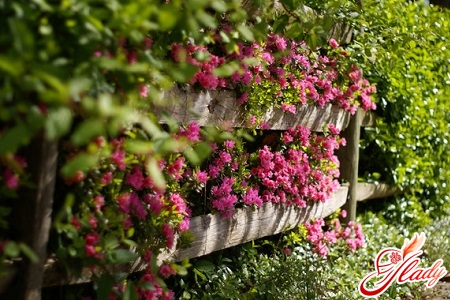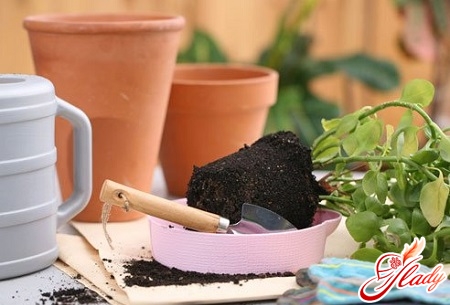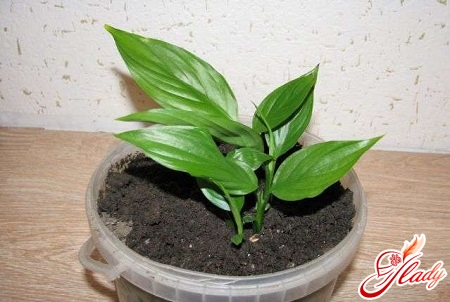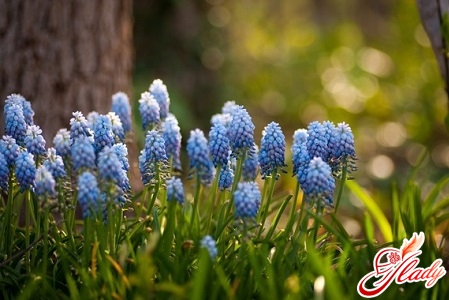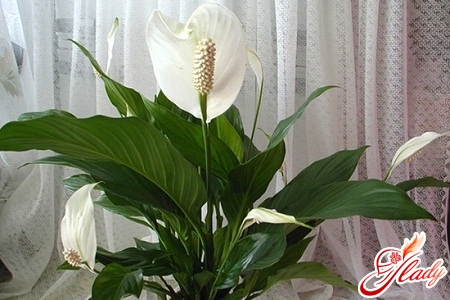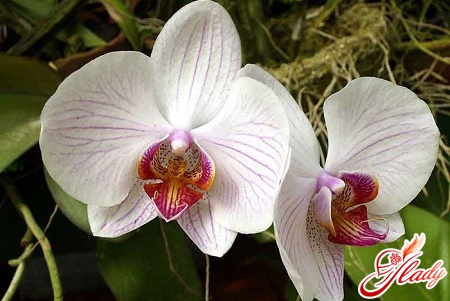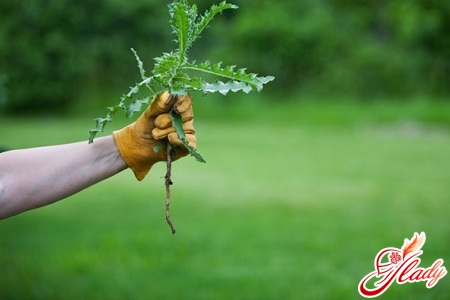 In summer, for owners of summer cottages and vegetable gardensWeeds cause a lot of trouble and grief. These unsightly and useless plants grow wildly on any piece of land, in any weather and under any conditions, unlike most capricious cultivated agricultural plants. Weeds can turn a plot into impassable thickets. And some of them are poisonous and can cause allergic reactions. Weeds and the fight against them turn into a real disaster for summer residents. Therefore, in order to save time and money, we suggest you learn more about the methods of fighting them. Knowing the types of weeds, the specifics of the site and the ability to use various methods of control helps to effectively cope with weeds. Weeds compete with planted crops in the fight for light, water, nutrients and living space. Moreover, some weeds emit phytoncides, which, getting into the soil, damage cultivated plants and inhibit their growth like herbicides. Weeds can destroy gardens, lawns and flower beds. Weeds can also carry diseases and pests from one season to another. If you have weeds on your property, you may need to spray additional fungicides and insecticides. Weeds also create other problems associated with the landscape. Some of them can damage paths and surfaces by growing through them. For some people, weeds cause hay fever, skin irritation, and breathing problems. Weeds can damage bare feet and bicycle tires. Pets can also suffer from weeds - they get into their ears and nostrils, causing infections and irritation. Often, veterinarians report that they have to remove weed seeds from the respiratory tract of animals.
In summer, for owners of summer cottages and vegetable gardensWeeds cause a lot of trouble and grief. These unsightly and useless plants grow wildly on any piece of land, in any weather and under any conditions, unlike most capricious cultivated agricultural plants. Weeds can turn a plot into impassable thickets. And some of them are poisonous and can cause allergic reactions. Weeds and the fight against them turn into a real disaster for summer residents. Therefore, in order to save time and money, we suggest you learn more about the methods of fighting them. Knowing the types of weeds, the specifics of the site and the ability to use various methods of control helps to effectively cope with weeds. Weeds compete with planted crops in the fight for light, water, nutrients and living space. Moreover, some weeds emit phytoncides, which, getting into the soil, damage cultivated plants and inhibit their growth like herbicides. Weeds can destroy gardens, lawns and flower beds. Weeds can also carry diseases and pests from one season to another. If you have weeds on your property, you may need to spray additional fungicides and insecticides. Weeds also create other problems associated with the landscape. Some of them can damage paths and surfaces by growing through them. For some people, weeds cause hay fever, skin irritation, and breathing problems. Weeds can damage bare feet and bicycle tires. Pets can also suffer from weeds - they get into their ears and nostrils, causing infections and irritation. Often, veterinarians report that they have to remove weed seeds from the respiratory tract of animals.
Classification of weeds and their biological features
Weeds are classified according to similar characteristics.And like all plants, they are grouped into families, species and genera. They are divided into terrestrial group, aquatic or herbaceous vegetation. They are often grouped by the similarity of the life cycle, that is, by the process from a viable seed to the final maturation of the plant, and then from the formation of the seed to the final death of the plant. According to these characteristics, weeds are divided into annual, biennial and perennial. Annual weeds As the name suggests, they germinate, live and die in one season. To survive for a long time, annuals are forced to produce a large number of seeds. And many species cope with this successfully. In addition, the seeds of various weeds have a long dormant period, which contributes to their survival - this allows them to germinate even many years after maturation. Annual weeds are divided into:
- Annuals that pass the life cycle from the spring anduntil the fall. Such annuals are called sound. They make up most of those weeds that grow on lawns, in gardens and in meadows. These include various nightshade and shirin, chicken millet, maria, crabgrass blood, etc.
- Annuals that germinate in autumn, and thenWinters that resume winter and resume spring growth. They mature and die off either in late spring or early summer. These weeds are called wintering annuals. The most harmful wintering weeds are a fluffy fire, one-year-old grasshopper, various kinds of mustard, etc.
Biennial Weeds Biennials to Passlife cycle requires two seasons. In the first year they germinate and usually form a rosette, and during the next year they produce a flowering stem, buds, flowers, and then ripen, spread seeds and die. Biennial weeds are not as widespread in gardens as annuals. But they can appear along the borders of the plot, as well as in crops of cultivated perennials. Among the biennials common in garden plots, we can mention burdock, clover, thistle. Perennial weeds Perennials live more than three years and reproduce vegetatively and generatively (sexually). Perennials that reproduce by shifts are easier to destroy while they are young. But if this is not done in time, then after a few months, or even weeks, perennials begin to grow vegetatively and gain the ability to reproduce. This feature makes the fight against them very difficult. Perennials are divided into groups according to the method of reproduction:
- Simple perennials. They have a long thick root or a fibrous root system. These perennials reproduce by seeds. But if you dissect its root, then each individual part can spawn a new plant.
- Creeping perennials. These plants are reproduced by creeping roots or simply by rhizomes, and also by seeds. A good example is a creeper and a grassy creeper.
- Bulbous perennials. They reproduce very quickly with the help of nut-like organs, bulbs, and also with shifts. An example of such bulbous perennials can be bluegrass.
Weeds and their control are essentialheadache of every summer resident. Therefore, knowledge of the types of weeds will be the first step in successfully combating weeds. In order to correctly identify the type of weed, it is necessary to study the flowers, leaves, stems and roots. This is necessary to know for plant identification. It is also useful to know in what conditions and where various weeds grow, and what measures are taken to combat them.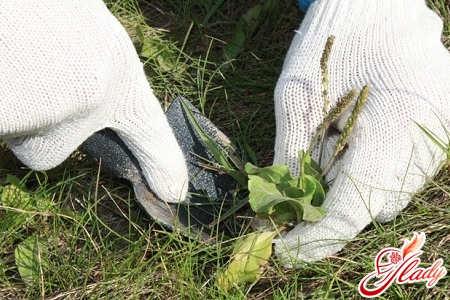
Ways to control weeds
Weeds and their control measures distract summer residentsfrom growing your favorite plants. Therefore, you should not only thoroughly know the weeds "by sight", but also study the methods of combating them. Having identified the weed, you can think about the measures to combat it. Methods of influencing only the weed are an unknown phenomenon for science. In the fight against weeds, the most environmentally friendly and effective is an integrated approach. In this case, a combination of physical, mechanical and cultural measures is used to minimize the weediness of the site. A private landowner has six methods of weed control, which include preventive, cultural and biological methods of control, as well as the mulching method, chemical and mechanical methods. Preventive method This is the least expensive and most effective method in the fight against weeds. Try to avoid the appearance of weeds on your site by carefully checking the planting material used on the site.
- Study well the seed packs and yourself.seeds in them. Do not purchase seed that contains weed seeds. If they are present among the seed material, return the seeds back to the supplier. Distribution and sale of weeds is a violation of the law. Keep in mind that some mixtures of wildflowers of unscrupulous suppliers also very often contain weed seeds.
- Inspect seedlings and seedlings before buying,to avoid the introduction of rhizomes and roots of perennial weeds along with them. Buy seedlings and seedlings only in reliable nurseries that sell "clean" planting material.
- Take care when using straw,mulch, fertilizer, compost or soil. With them you can bring seeds, stems, rhizomes, roots and bulb of weeds. If these additives are not processed, with their help, most likely, you will be able to bring to your site weeds. Selecting pure weed materials and refusing to clogged will give you, ultimately, saving money and energy.
- Weeds can be brought to your site usingtillage tools. Therefore, cleanse your garden tool from the seeds of weeds, parts of these plants and soil with the remains of rhizomes. Weeds can be brought in and with the help of irrigation water, if you take it from streams and canals. In addition, be sure to destroy the weeds and sources of their seeds around their garden and garden plots before the seeds from them get to your site.
Biological method This method of combatingWeeds use other living organisms. This is not the best way to control weeds in home gardening, but it can still be used. Geese, for example, will help you get rid of vegetative weeds that are in the plantings of strawberries, mint, asparagus, berry bushes, and fruit plantings in a state of temporary dormancy. Pigs will dig up any juicy weeds along with the root in a fallow field. Goats and sheep are able to destroy not only weeds, but also shrub vegetation. But they also enjoy eating cultivated plants. Some diseases or insects can be used to destroy or suppress certain types of weeds. But this method is not very effective and many gardeners are disappointed in the use of diseases and insects against weeds. Cultural method of control These methods are beneficial and effective for home gardening. By combining it with other methods of control, you can minimize the impact of weeds on the crops you grow.
- Choose competitive plants. This will reduce the multiplication and growth of weeds, and, consequently, the weediness of the site. Weeds stand out more competitively in front of garden crops, but only in the early stages of development and growth. During the first three to four weeks the weed is the leader and causes the greatest damage to the plantations. Subsequently, fast-growing garden crops are able to form a cover that obscures the weeds and makes it difficult for them to grow and grow. Uncompetitive and slow growing plants must be transplanted.
- It is necessary to take measures that willpromote the vigorous growth of cultivated crops on the site. To do this, it is necessary to ensure that their roots have access to moisture, leaving the weeds without water. To disturb the life cycle of weeds, diseases and pests, change the culture.
- To control weeds, you can change the timinggrowing, delaying sowing until the first wave of weeds comes off, then you can cultivate by removing all their shoots. And then plant the culture under optimal conditions. Sowing a lawn at the junction of summer and autumn is an excellent example of this method. In addition, apply fertilizer locally to maximize the growth of a useful crop.
Mulching This method is veryeffective for weed control around the house and in the garden. Mulching is covering the soil with straw or plastic materials that block light from reaching the soil. By retaining moisture, mulch changes the soil temperature and microclimate. Mulch can be natural or artificial. Natural mulch is used against annual weeds. It can also be used to reduce the competitiveness of perennials. Mulch made of artificial materials eliminates all weeds. Mechanical method This method includes such techniques as weeding, hoeing, cultivation, mowing, burning. These techniques are more suitable for annual weeds. And specific methods are selected depending on the specifics and type of weeded area. Perennials and biennials can also be destroyed mechanically, but as soon as they become capable of recovery, mechanical methods of controlling them become less effective. Chemical method of weed control This method provides protection from weeds and allows you to save effort. When used correctly, chemicals are a cheap way to control weeds. However, there are many disadvantages. Although many people like herbicides, weed control with them also destroys or damages crops. When using herbicides, be sure to read the label and make sure that the crops in your garden are on the list of those approved for use with this product. Always read the instructions on the package and follow them strictly. Herbicides are not always suitable for use in gardens for several reasons:
- There is no single chemical that protects absolutely all vegetable crops;
- some types of herbicides may persist for some time in the soil and damage for the next year sensitive crops;
- even if you correctly use the herbicide, you need to consider everything - even the weather conditions. Because the demolition of a chemical by wind can spread it to cultivated plants that are sensitive to it.
Herbicides are grouped based on their method ofapplication and chemical properties. They are also divided by application time. There are pre-emergence and post-emergence herbicides, as well as selective and continuous action herbicides. Carefully study the effects of the herbicide on the environment - its potential danger to both humans and other plants. When studying the effects, it is imperative to find out how the herbicide moves in the soil, decomposes, evaporates and binds to the soil, how toxic it is to animals and fish. The instructions contain most of this information and guidelines for using the chemical. Following these instructions, you can minimize the negative impact of these preparations on the environment. Additional information on the interaction of the herbicide with plants and soil, toxicological properties, precautions and questions about use can be obtained from a specialist.




